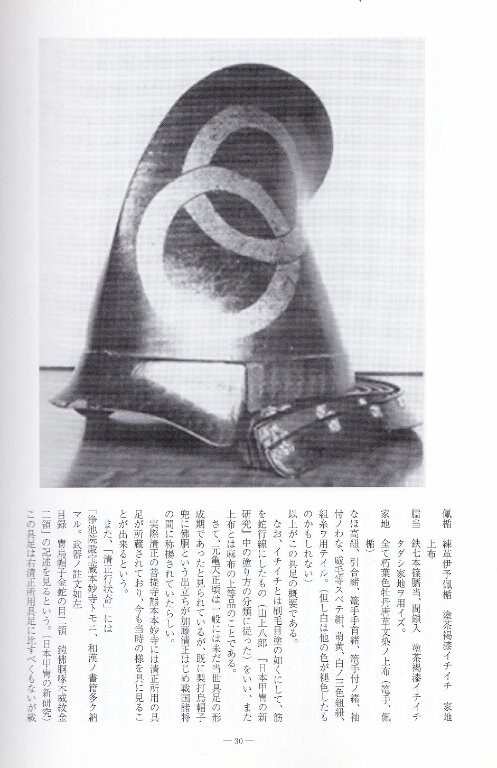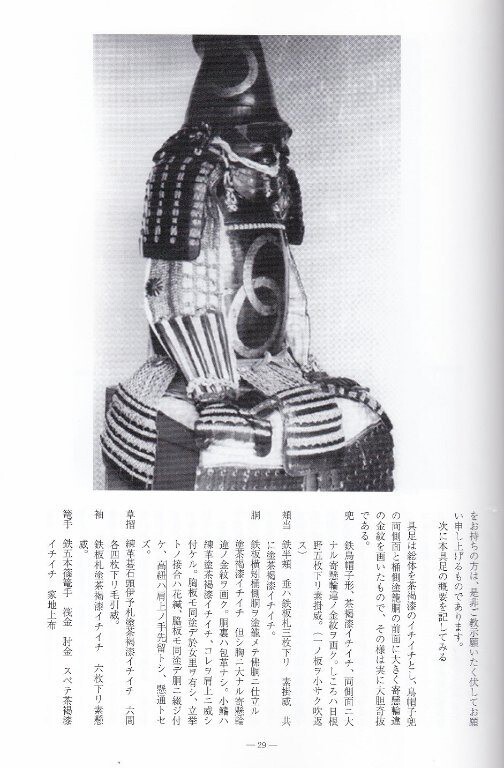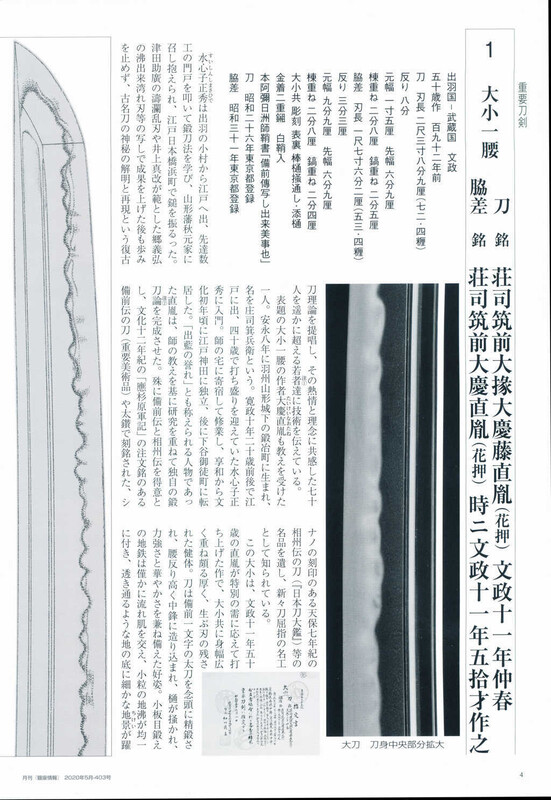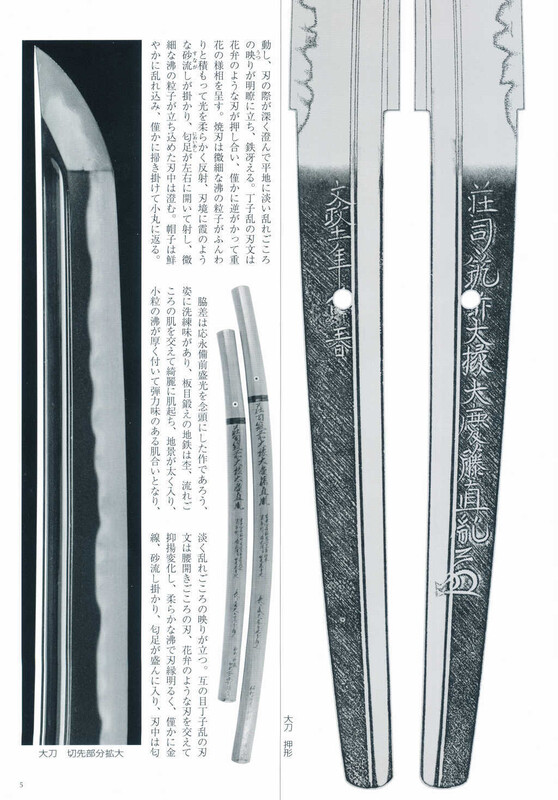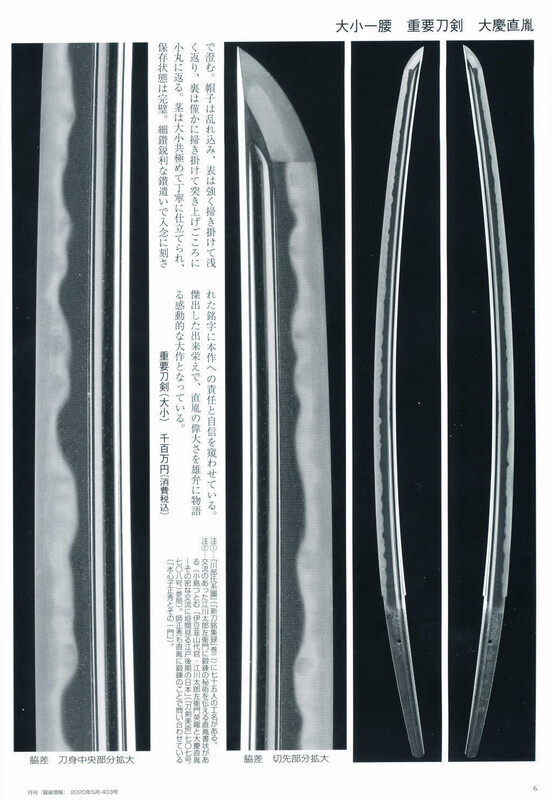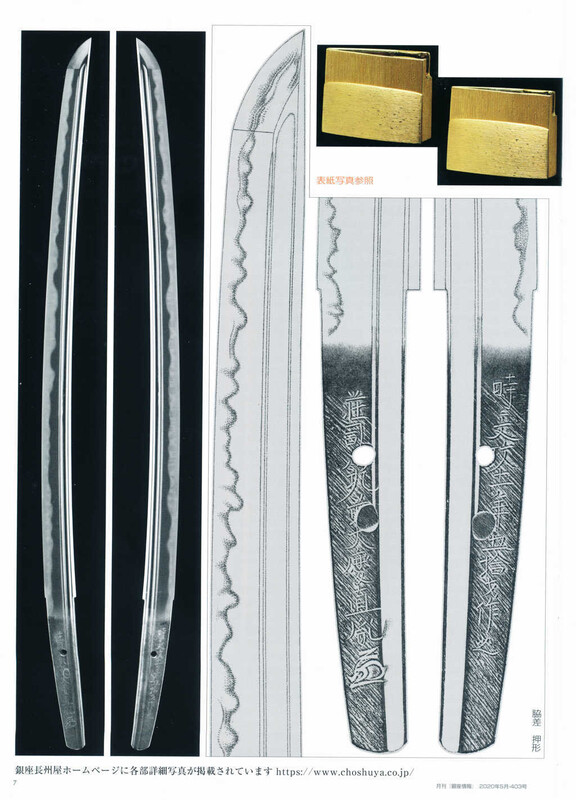-
Posts
3,242 -
Joined
-
Days Won
99
Content Type
Profiles
Forums
Events
Store
Downloads
Gallery
Everything posted by Guido
-
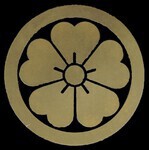
Lo! And Weep! The most beautiful utsushi in the world!
Guido replied to 16k's topic in General Nihonto Related Discussion
Sō Tsutomo 宗勉 comes to mind, quite a few notches above Akamatsutarō. -
What Wim said, Bob does it on a regular basis. keichodo@yahoo.com
-
It‘s expected from a LNT to teach his art to students (and he receives a stipend to help him doing that), that’s not really possible if he‘s retired.
-
Well, I guess it depends on how you define "politics". Although commonly called "living national treasure" (人間国宝 ningen kokuhō), the full title is "preserver of important intangible cultural properties" (重要無形文化財保持者 jūyō mukei bunkazai hojisha). One requirement, of course, is to have attained high mastery of an art / craft – which is already the case once a smith is rated "without judgment" (無鑑査 mukansa), meaning that his swords are of such a high level that they are displayed at the annual contemporary sword smith exhibition without examination of a panel of judges. But while technical skill alone might satisfy the Western view of "may the best man win", the Japanese way of thinking also puts a lot of weight on the general demeanor a person should display when being considered for such an elevated honor as jūyō mukei bunkazai hojisha. One quality that can’t be overemphasized is hinkaku 品格, which can be translated as (but doesn’t exactly mean) "dignity", or "quality of character". Constant self-promotion and assuming behavior isn’t something the panel overlooks easily, a likely candidate has to be of exemplary skill and behavior alike, representing the art / craft on both a technical and spiritual level. And finally: is Mr. Yoshihara indeed the best smith, or just the best known (especially outside of Japan)?
-
What you were told is wrong, at least when the NBTHK is concerned, especially in regard to tokuho.
-
Interesting. I never heard that, and always thought that toilet paper is chirigami.
-
What James said: no swords are rejected, but there are swords that are not accepted.
-

Shipping swords to Japan: COVID-19 update
Guido replied to Ray Singer's topic in General Nihonto Related Discussion
Everything is out of sync right now, and the Japan Post list seems to be more or less just a guideline. A friend shipped swords to the US a month or so ago, and all - except those that were supposed to go to NY - were accepted. Last time I looked, New York wasn‘t a country. A parcel from the UK was sent to me on March 30, and - according to the tracking website - was dispatched twice (no idea how that is possible), and finally arrived yesterday. -
长安道, 长 being the Chinese simplified form of 長.
-
Brian, I’m kind of torn between providing information for the interested, general readership, and appearing to reward the outrageous behavior of someone who comes here under an alias to gather information for his commercial interests, especially since he’s guilty of doing exactly what he calls me/us out for, i.e. clamming up when asked specific questions. First of all, please re-read my initial post: I didn’t make a claim anywhere, I just reported what I read (and what I think to be likely). This suit of armor was discussed in at least three FB groups that I know of, and since “Simon” claims he read them, it begs the question why he a) came here to ask about the clan and lacquer, and b) why he conveniently omits this post (and its follow-up) in one of the English speaking groups: So, Sekigahara wasn’t mentioned anywhere, huh? Having said all that, it’s a historical fact (and easy to research) that this armor is one of 18 that were made for the Wakisaka 脇坂 clan, and that are known to have been worn at the battles of Shizugatake and Sekigahara. Do we have irrefutable proof? No, of course not; I wasn’t there to provide an eyewitness account, and there are no photos. It’s possible that the samurai who was supposed to wear this specific armor sat the battle out because he got a deferment for education, or a medical waiver because of bone spurs. Who knows? But if I was a betting man, I would put my money on it having seen combat. I’m now bowing out of this thread - I don't come here to be insulted by a troll - but not before congratulating the new owner on the purchase of a historically important armor (Sekigahara or not), and making a sound decision without going to FB for advice, or asking sneaky questions on the NMB. I hope he and Dave can overcome their differences, so that the hanbō and gosoku are finally reunited.
- 19 replies
-
- 10
-

-
Maybe there are people on the NMB who don‘t mind your constant rudeness and sense of entitlement - I‘m not among them.
-
This armor was already discussed on FB - it is thought to have been worn at Sekigahara.
-
A recent thread in which someone asked for kanji in a certain style, to be used next to a displayed sword, reminded me of a kakejiku (hanging scroll) that I commissioned about ten years ago. The original calligraphy is by Kanō Gyokuen 狩野玉燕 (1683-1743), and shown in the 2002 NBTHK-EB exhibition catalog "Selected Fine Japanese Swords". However, the artist who wrote it for me used a slightly different format and script. The poem says 檢書焼燭短看劔引杯長 – I recently added a transliteration into modern Japanese thereof to my signature on the NMB. In any case, a (non-literal) translation would be Book learning only burns down candles, but studying swords is like a full cup of saké. Besides my love for both nihontō and saké, those are my sentiments exactly: yes, it’s important to learn the basics and technical terms by reading as much on the subject as possible, but that’s never a substitute for looking at swords close up.
- 9 replies
-
- 14
-

-
Quite a mix of fonts. Also something I would expect seeing on a sayagaki, not a kakejiku. I find it rather odd.
-
-
Different museum, Ken, this one is in Tokyo.
-
From what I can see in the photos, those don‘t appear to me to be authentic netsuke - which might explain why the signatures are not recorded.
-
That‘s what I told my wife. She disappeared, and now I can’t find our house deed ...
-
Nope.
-
I just received the latest Ginza Chōshūya sales catalog, and here’s your chance to own a ‘true’ daishō: It already has jūyō papers, so no extra legwork involved, and was polished by the living national treasure Honami Nisshū, bearing his sayagaki. It can be yours for a mere 11,000,000 Yen, or about 100,000 US$ (plus some change). P.S.: Peter (BIG) is probably already on a defibrillator right now, Naotane being his favorite smith. P.P.S.: Only through sheer willpower was I able to not comment on the polish …
-
Well, eventually I also did my taxes, watched a movie, and had a bottle of Shiraz. Still bored, I had a chat with my wife; she actually seems to be a nice person.
- 33 replies
-
- 10
-

-

Shipping swords to Japan: COVID-19 update
Guido replied to Ray Singer's topic in General Nihonto Related Discussion
In Japan is since April 1'st a temporary suspension of the acceptance of international mail from many countries in effect. This includes - but is not limited to - swords.



